So, you’ve spent hours painting miniatures. Now, you want to protect your work with a varnish. What is the best varnish for painted miniatures, e.g., Warhammer and military scale models? If you’re a gamer, this is especially important since your models will have to endure a lot of handling. To protect your minis, you need to seal them with a varnish. Varnishes also improve photographs of your models. There is a need to varnish your miniatures and models.
In this article, I provide the core information you need to know for properly varnishing your models for gaming, display, or photography. I also recommend my favorite varnishes and sealants for protecting painted miniatures for travel, display, and tabletop gameplay.

Recommended Varnishes for Miniatures
The best matte varnishes for protecting miniatures include:
I highly recommend these varnishes for any painted miniature or model for gaming or display. They are easy to use, durable, and work great to retaining the color and contrast of your paint job. The matte finish of these varnishes help even out surface reflections that can easily distort the appearance of your painted miniatures, and will protect the hard work you put into the model.
Here’s a bit more detail about what I think about these varnishes and my tips for how to use them to get the best results.
1. Testors Dullcote “Spray” Lacquer
(Note: An alternative to Testors Dullcote, if it is unavailable, is Tamiya Clear Flat Spray. Tamiya produces a similar matte finish).
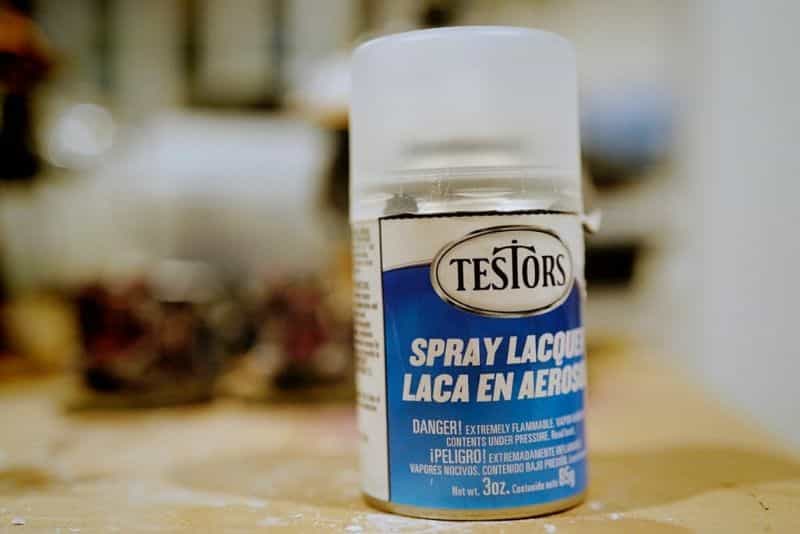
I use this on every miniature that I finish painting. This is the best spray-on enamel varnish you can buy for our painting hobby. It comes in a small can, but lasts a long time. I’ve covered at least a hundred 28mm scale miniatures with a single can.

The varnish from Testors Dullcote spray dries into a hard, matte finish. This means that my varnished miniatures retain their overall color saturation, while at the same time gain an even non-reflective surface.
RELATED: WANT BETTER MINIATURE PHOTOS? CONSIDER A PHOTO LIGHT BOX
This is particularly great for photography where you want to reduce “hotspot” light reflections. Check out my gallery where you can see models that I used Testors Dullcote on. With a matte finish, your models retain their color and contrast under a variety for lighting conditions. Suffice it to say, a varnish does all the final work for completing a professional paint job.
QUICK TIPS FOR HOW TO USE TESTORS DULLCOTE SPRAY VARNISH
- Spray more than 6″ away from the miniature
- Don’t use in ambient humidity greater than 50%
- Try using a hairdryer before and after spraying to avoid “frosting”
Here’s a useful video showing how to varnish miniatures using Testors Dullcote.
| Two recommended spray matte varnishes | |
|---|---|
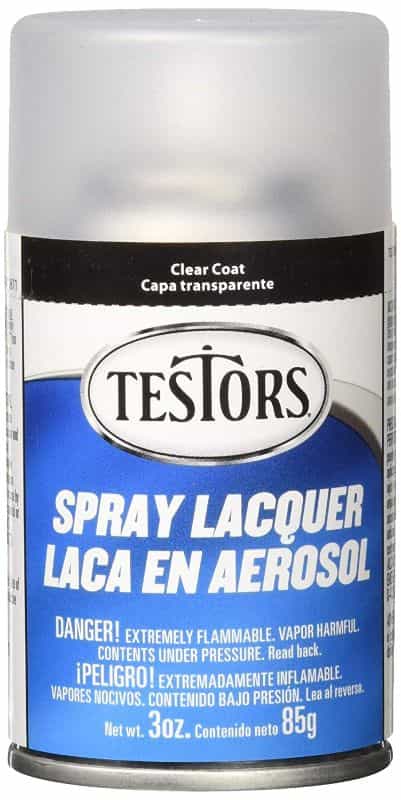 |
Buy on Amazon Buy on Walmart |
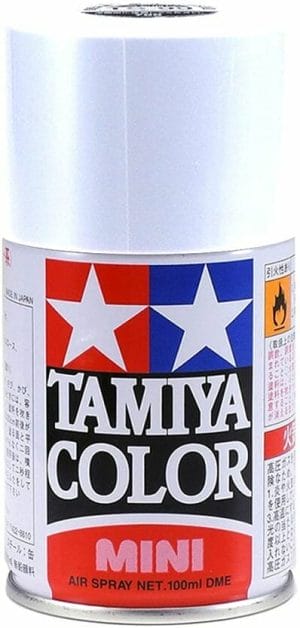 |
Buy on Amazon |
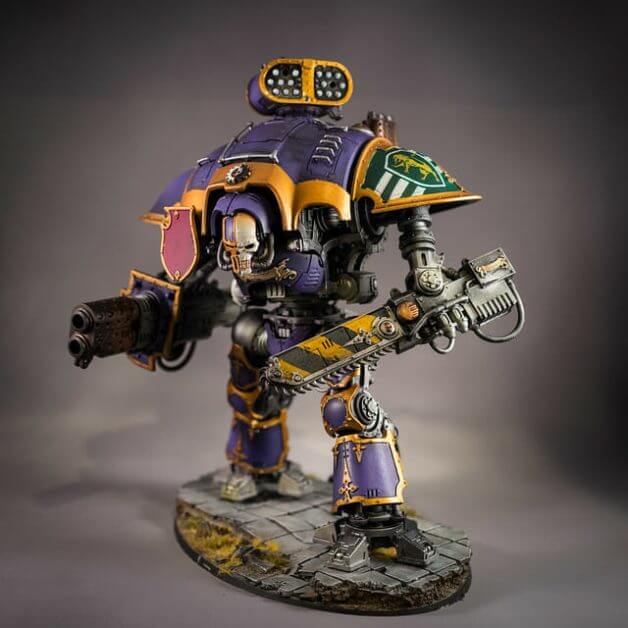
2. Testors Dullcote Lacquer “Brush On”

In general, a spray-on varnish is the best way to achieve an even coat of varnish. However, there are specific uses for a brush-on varnish. First, a brush-on varnish is really helpful for the final sealant over wet-slide decals. If you’ve ever tried to apply wet transfer decals to a model, then you know how hard it can be to “hide” the sticker look. A thin coat of brush-on Testors Dullcote will help merge the decal texture with the painted model underneath.
Second, a brush-on enamel based varnish like Testors Dullcote hardens into a fairly rigid surface. This is useful for custom-made banners that you might printout on computer paper. Coating paper-made banners, capes, or other accessories on miniatures with Testors Dullcote protects the printer ink from bleeding from paper and helps hold their shape (see examples below). I use Testors Dullcote brush on primer often when I want to control the overall look of specific parts of a model.
QUICK TIPS FOR HOW TO USE BRUSH-ON TESTORS DULLCOTE VARNISH
- Apply in super-thin layers with a synthetic brush, e.g., a wide flat-thin brush
- Clean off your brushes and work surface with clear mineral spirits or turpentine (Testors has a branded cleaner/thinner here)
- Useful for concealing wet-slide decals on models (“a perfect finish”)
- Protecting custom inkjet printed banners and standards
- Try to apply the brush-on varnish on a horizontal surface to prevent running or sagging. If you’re applying on a vertical surface, only use very thin coats at a time.
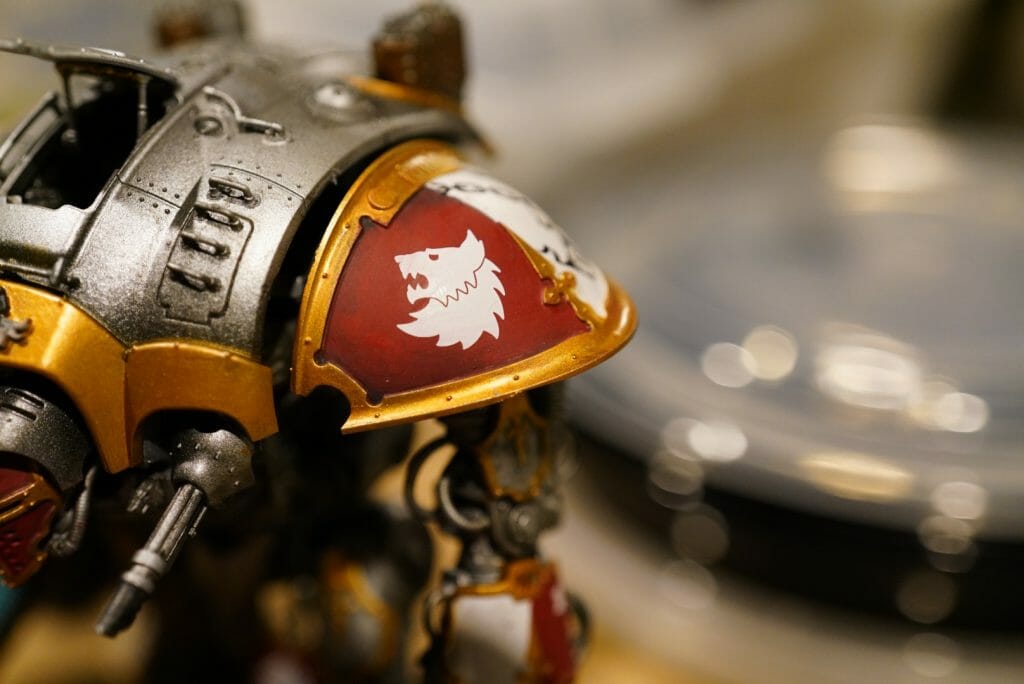
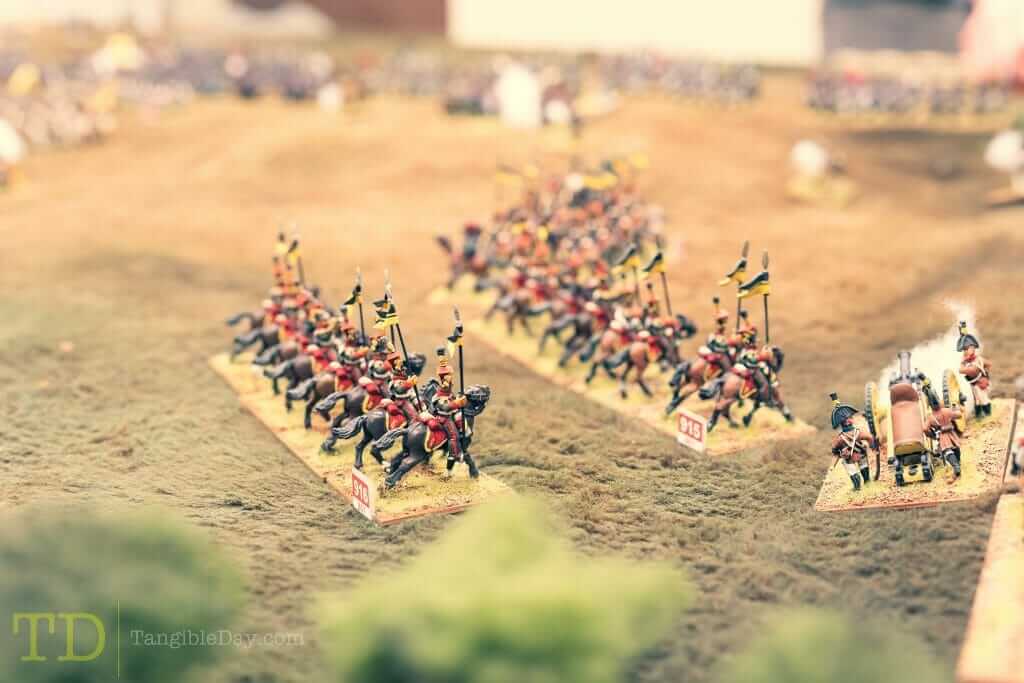
Side note: There are water-soluble brush-on varnishes, such as Vallejo Matte Varnish or those from Army Painter. But these do not have the same durability as the enamel-type varnishes from Testors. Certainly, The Army Painter makes a spray-on enamel varnish, but is a bit more expensive and may have a slight satin finish (semi-gloss appearance when dry) in comparison with Testors Dullcote.
A Quick Guide for Using Varnishes on Miniatures
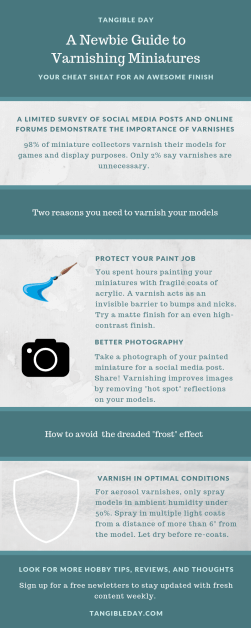
In a survey of several website forums and social media sites (i.e., reddit, Facebook, Cool Mini or Not painting forums, etc), it is clear that almost all miniature painters know that varnishing is important for protecting their gaming miniatures and board game models. The anti shine matt varnish was the top kind of clear coat they all chose.
A few people suggested that varnishes aren’t necessary, especially when models were destined for display purposes only. However, the vast majority suggested that new miniature painters learn how to varnish their models with a matte finish. There are several key reasons why:
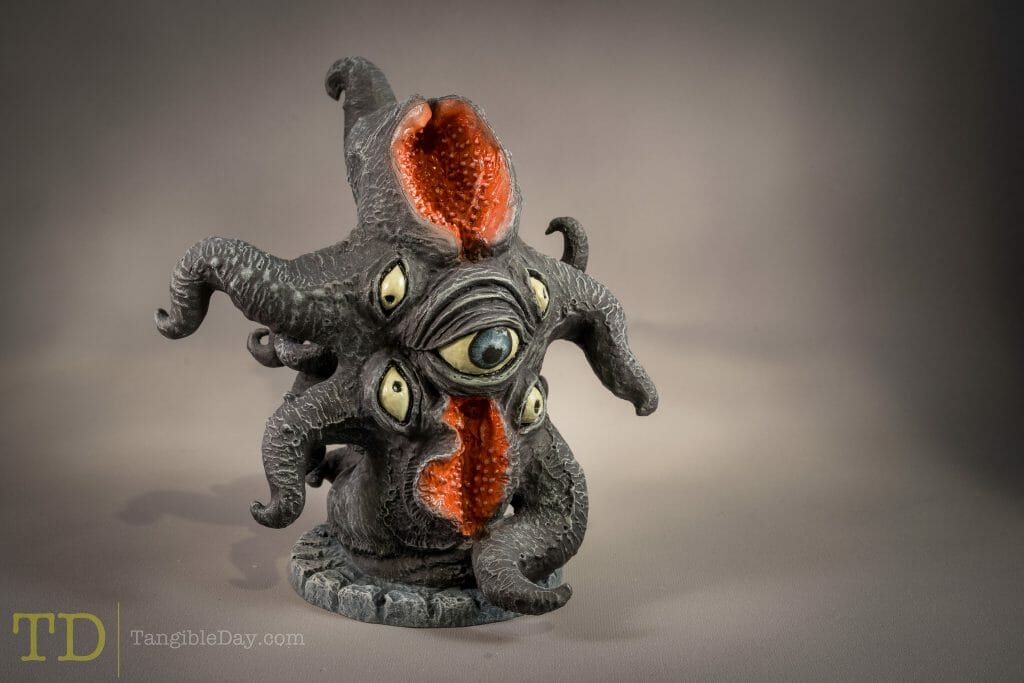
Varnishing miniatures is important for protecting the paint job and improving photography of the models. If you’re sharing images of your models, present them in the best light possible. Use a matte spray varnish to create an evenly lit surface across the entire miniature.
The best matte varnishes are spray-on type sealants, such as Testors Dullcote. Overall, the best clear coat for miniatures for gameplay or display are those you can spray with even layers that enhance contrast and protects surface detail.
My Alternative to Testors Dullcote: a Water-Based Matte Varnish
Spraying a varnish is the best way to evenly coat a model. However, if you don’t want to use an enamel or lacquer (shellac) based varnish, such as Testors Dullcote, there are water-based alternatives. Testors Dullcote spray varnish is an aerosol based medium, which means that it could produce harmful vapors. Additionally, Testors Dullcote spray varnish is vulnerable to adverse “frosting” behavior if not applied under optimal conditions (low humidity <50%).
In this case, you might want to try and alternative water-based matte varnish. I currently recommend Liquitex Matte Varnish. But, if you go in this route your best method for applying this varnish is to use an airbrush. Thin the varnish with water (approximately 1:1 ratio) and airbrush it onto your model.
Advantage of non-aerosol water-based varnishes: A huge side benefit of using a non-aerosol spray varnish, such as the Liquitex varnish is the cost-effectiveness of it. It is much, much cheaper to airbrush a non-aerosol water-based varnish than it is to use cans of aerosol lacquer spray varnishes.
Disadvantage of water-based varnishes: The disadvantage of water-based varnishes is that they are essentially acrylic mediums (with suspended dry particulates). This means they aren’t very different in composition to the paint you used to paint your miniatures. So, the varnish won’t be as durable or long-lasting as an enamel-based spray varnish like Testors Dullcote. It can be relatively easy to rub-off a water-based varnish (just soak a cotton tip in water and scrub).
Overall, I’d use a non-aerosol based varnish on models where you don’t want to create a hazardous environment for people (or pets) around me. Or, where you don’t want the strong odors from an aerosol to disturb others in my immediate surroundings (like if I’m working at a convention or trade show). Some models in my gallery have a water-based varnish coating, but I eventually cover these with a stronger enamel-based varnish for longer term storage and display.

Difference Between Matte or Satin Varnish?
This is a common question. Here’s a quick answer.
In general a good matte finish creates a “clean” look to miniatures. It evens out all the reflections. If applied properly, a nice matte varnish will look smooth and keep your color contrast high. A matte varnish protects and maintains all your hard work painting the model.
Satin is similar to a matte varnish with some subtle differences. Satin varnishes or sealants will have a slight sheen or shine. This doesn’t mean that satin varnishes will have a glossy finish, but your models will have a light reflective quality to it. This is great for smaller models that you might want to have stand out on the tabletop a bit more.
If in doubt between the two types of varnishes, matte vs. satin, lean toward a well applied matte varnish for your miniatures. The models will have a more consistent overall look.
Do I Need a Gloss Varnish Before a Matte Varnish?
This is a good question that arises from traditional art methods. For a 2D canvas painting, an “isolation” varnish coat is useful for long-term preservation of acrylic paintings. An isolation coat is usually a gloss medium and a permanent non-removable sealant that physical protects the paint surface from overlying varnishes. An isolation coat helps protect the painted canvas if there is every a need to clean or conserve the painting in the future.
An isolation coat also seals any absorbent surfaces on the painting. Acrylic paint absorbs water easily, so an isolation coat would decrease the chance of water entering into the painted surface. This provides additional protection for cleaning and dusting a canvas painting.
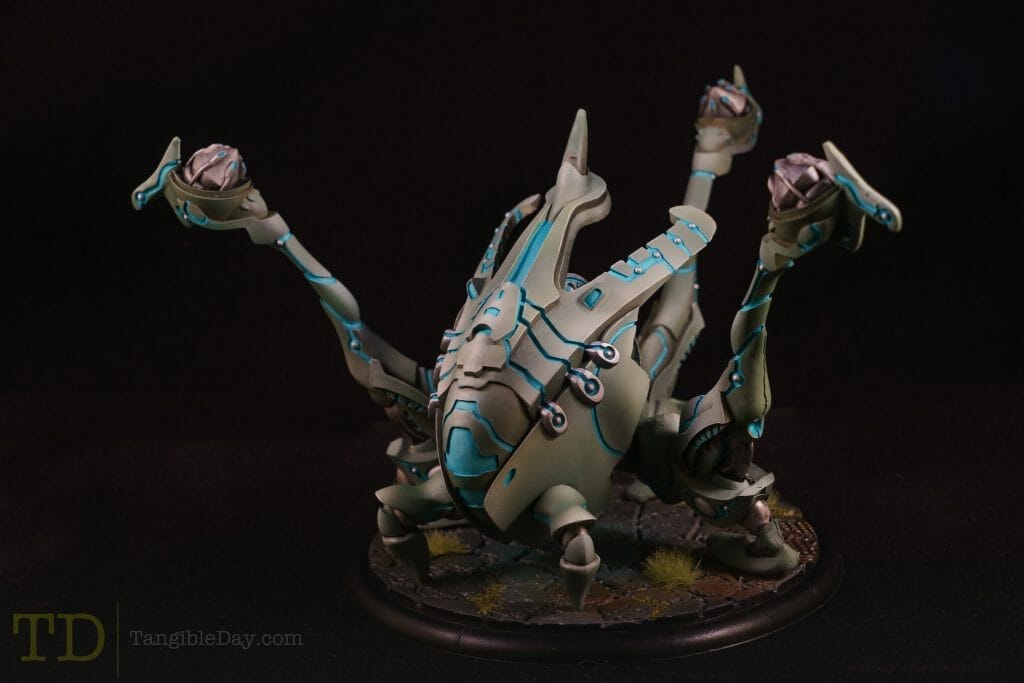
The #1 Reason You Want to Use a Gloss Varnish
An isolation coat (usually a gloss medium) prevents the “cloudy” or “frosted” appearance that can occur when applying a matte varnish (more about this below). Briefly, frosting or clouding can occur when a matte varnish is applied to a porous or absorbant surface. A matte varnish contains dry particulates (like microscopic powder), which provide the non-reflective attributes of the medium. These particulates are suspended in the varnish. When the matte varnish is applied via spraying, the solvent the particulates are in helps coat the surface evenly. When a surface is coated evenly before the solvent evaporates, the dry particulates act as a non-reflective and transparent surface.
However, if the solvent dries poorly (e.g., absorbed into the paint underneath or mixes with ambient moisture) the dry particulates previously in solution clump-up. This clumping, congealing, or aggregation of the powder-like substances in the matte varnish cause the cloudy, frost effect that obscures the paint job underneath. By using a gloss medium first (no particulates), you reduce the risk of the matte varnish appearing as a cloudy surface.
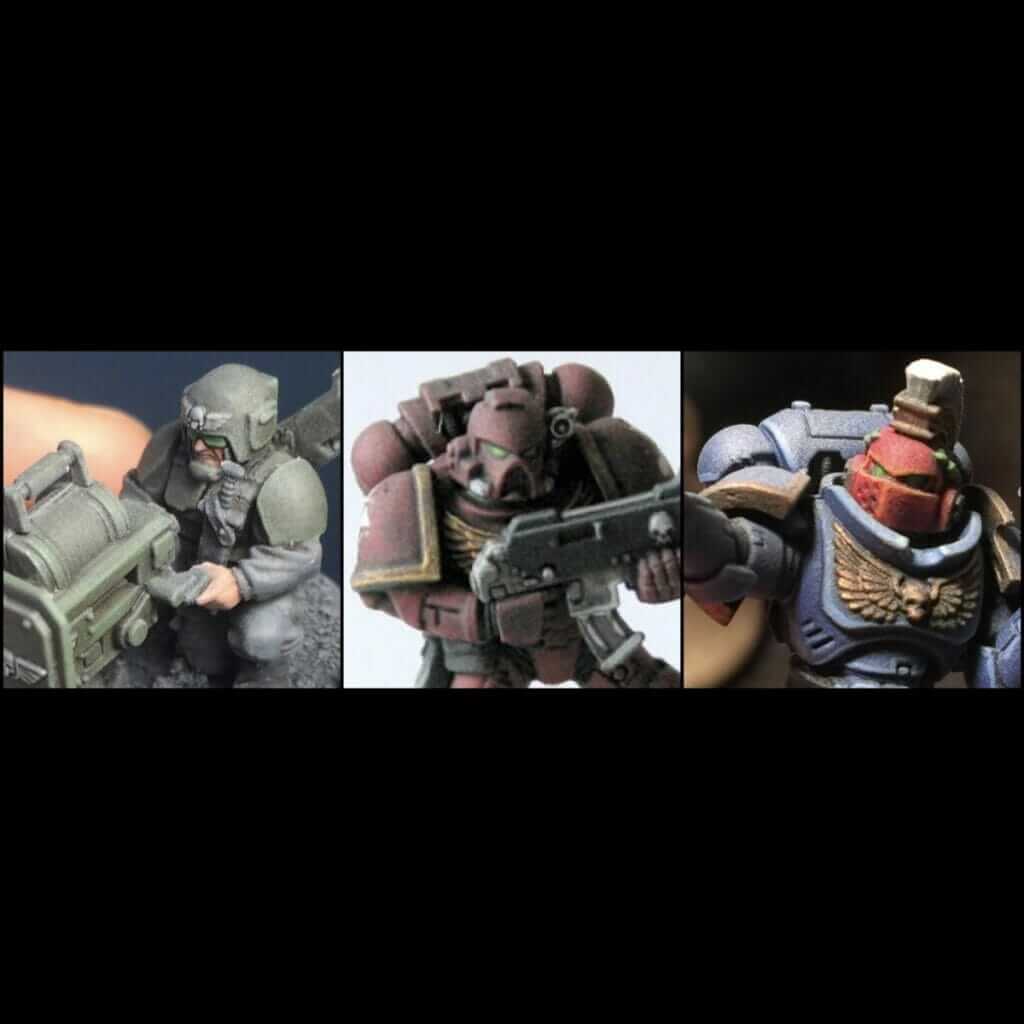
The Reason You Don’t Want to Use a Gloss Varnish
For miniatures, there is no added benefit in terms of protection for your models. A gloss varnish will not make the overlaying matte varnish stronger or more durable. You’re merely adding extra layers of a transparent medium over your model.
If anything, adding that extra layer of gloss varnish may reduce the amount of detail and color that shows through the final coating. Each layer of varnish reduces the “clarity” of the paint job underneath. As a routine procedure, I try to apply no more than 3-4 layers of any varnish.
How to Prevent the “Cloudy” or “Frosted” Appearance When Applying a Matte Varnish
Okay, so we’ve decided that you don’t want to use an isolation coat gloss varnish before applying the matte varnish. But, you don’t want your hours-long paint job to be ruined because of a poorly applied matte varnish that clouds over.
Here’s what you can do to prevent the frosted appearance of miniatures when you use a matte varnish:
- Shake the spray matte varnish can vigorously for at least 60 seconds
- This ensures that the varnish solvent and the powder/particulates in the matte varnish are mixed.
- If you can cool your aerosol spray varnish down (~12C or 53F) before spraying it, this will also help prevent the frosted effect.
- Spray a matte varnish when the ambient humidity is less than 50%
- Water moisture in the air may be absorbed into your acrylic paint (on your miniature), which then interacts with how the matte varnish coats your model. Acrylic paint loves to absorb water (even when you think its dry).
- Water moisture in the air can also interact with the solvent from your matte varnish spray as it travels toward your model, creating an uneven coated surface
- Any of these humidity-related factors can contribute to a poor coating of the matte varnish, ultimately leading to the matte particulates in the medium clumping up and forming an opaque, cloudy surface.
- You can get a humidity gauge/monitor from a cigar shop or online
- Use a hair dryer to reduce the moisture on the model and the local air around the miniature
- I strongly advocate the use of hair dryer for all kinds of purposes in miniature painting.
- A low-cost hair dryer removes ambient moisture and warms the models, which reduces the chance that water on the surface of the model will disrupt the spray application of the matte varnish.
- Hold your hair dryer about 6-12 inches from the model and apply hot air until you feel the model is warm to the touch. Then, spray the matte varnish as you normally would in a thin layer. Re-apply the hair dryer heat until the solvent evaporates from the matte varnish. The result should be a fully clear, transparent and non-reflective surface.
How to Restore a “Frosted” Miniature Following a Matte Varnish Application
Oh no!
Did you just ruin your miniature with a frosted matte varnish?
The following methods work with aerosol based spray matte varnishes, such as Testors Dullcote, Army Painter, Krylon, and GW Citadel matte spray varnishes. Because of the similarities of these varnish formulations, the methods for restoring frosted models should also work for other solvent based spray laquer/shellac-type matte varnishes.
A proven 5-step method for restoring models that have a badly frosted finish:
- Use olive oil
- Apply a thin coat of virgin olive oil over the entire miniature.
- Let this coat of oil dry (or “cure”, which is the appropriate term) on the model for at least 1-2 hours. The olive oil removes or displaces some of the moisture on the model’s surface and lubricates the dried particulates that cause the frosted effect. As the oil cures, the varnished surface smooths out which helps restore the transparent effect.
- After a little time has elapsed, wipe off the oil with a clean paper cloth. Most the transparency should have returned to the miniature. You can carefully wipe off the oil from the model with a dampened paper towel with soap and water (do not soak the miniature).
- After the model has dried, re-apply the matte varnish using the frost-prevention methods described above.

Final Thoughts
These are the 3 best varnishes I recommend for sealing miniatures after an acrylic paint job.
You don’t need a gloss varnish to improve the protective qualities of a matte varnish. But, an isolation coat with a gloss varnish can prevent “frosting” of a matte varnish. Ensure proper ambient conditions to reduce the risk of a matte varnish clouding over a painted model. Don’t fret, however, a miniature with a poorly applied varnish can be restored with a few simple steps.
Sealing your miniatures with a high quality varnish is the final step to a completed paint job. You’ll be happy you took the time to protect your models! They will look great for photographs, too!
Did you find this article helpful? I’m always looking for ideas and ways to improve the information you find here. Leave me a comment below! 😃




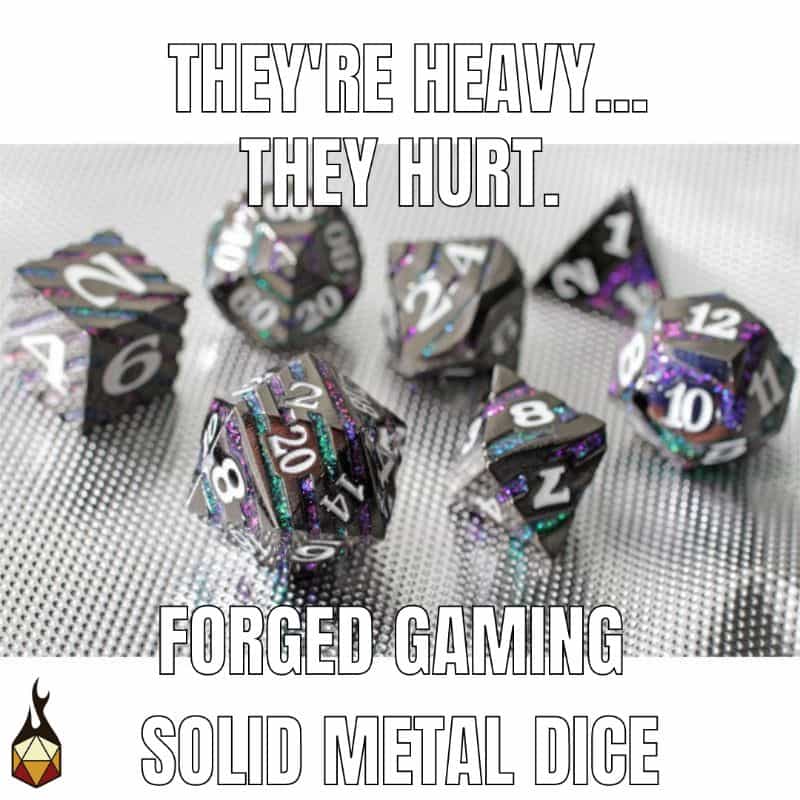

Tangible Day on YouTube (Miniatures and More!)

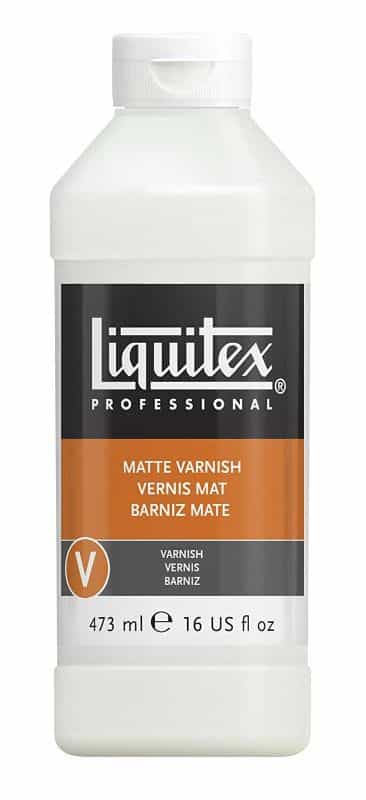


Pingback: Learning Bench 2019-10-30 – Hobby Painting Brussels
This is the only detailed article about best practices on miniature varnishes I found and I very appreciate the information it gives. Although I found one of your suggestions to be misleading. You say:
“…I currently recommend Liquitex Matte Varnish. … Thin the varnish with water (approximately 1:1 ratio) and airbrush it onto your model.”
However, the product description on Liquitex webpage (https://www.liquitex.com/row/products/professional/gessoes-mediums-varnishes/matte-varnish/) clearly states:
“Do not thin with water”
I think this is important to take into account for better result.
Thank you! Oh yes I should clarify. The liquitex instruction is for brush on application to avoid streaking. Thinning with water is necessary for using the matte varnish with an airbrush (liquitex does not specify how to do this).
I have used Liquitex Matte Varnish with a brush, but recently, I’ve tried to use it and it seems to have lost all of its matte-ness. Do I just need to shake it more? Should I try airbrushing? Does the 1:1 proportions require distilled water? What about Vallejo Airbrush thinner? Would that work for thinning out the Liquitex?
Yeah shake your matte varnish before use every time
How would you varnish metallic paints? Gloss or satin?
Good question. You can use a matte varnish, but yes, a satin varnish would retain more reflection. I wouldn’t use a gloss varnish as you may lose some of the perceived color of the metallic you’re using.
Thanks very much for the reply. I’ve been experimenting with AK Interactive Ultra Matte Varnish. It’s a brush on varnish which provides an amazingly flat finish – noticeably flatter than Testors Dullcote spray. However it’s water based, so reading your article it sounds like it won’t be as durable and protective as the Testors. I may have to go back to using the expensive Testors since I paint for gaming and expect most of my models to get a fair amount of handling. This is a useful and informative article. Thank you.
Hi, some of my miniatures have a sticky touch after varnishing. I was using Krylon. After using Testor’s dullcote over it, they were much less sticky but still. Any thoughts on what could cause this and how to fix this? thanks
Some varnishes are slower to “cure” if they aren’t mixed well. Krylon uses a different formula than Testors Dullcote, which is a enamel-based lacquer. To fix any tackiness, you can try and speed up the drying with a hair dryer. A little dry heat goes a long way to a nice finish 🙂
Excellent tutorial! I’ve included a link to your work in our article: https://alkony.enerla.net/english/the-nexus/miniatures-nexus/miniature-hobby/how-to-use-miniature-varnish
Awesome! Thank you for the share 🙂 – and great article.
Hello! Thanks for a great article. Just one part that seems contradictory to other advice I’ve read, though: many people recommend warming up the spray varnish by putting it in a bucket of warm water for a while, whereas you suggest cooling it down. That’s what I’ve been doing for the very few minis I have painted, and so far it seems okay. Does it depend on your climate? I’m in the UK, generally cool, sometimes damp but not humid. Thanks.
Yeah, it depends on your climate. Humidity is the variable you want to keep an eye on. If it is too humid, the varnish won’t work well. Thanks for the feedback. I can clarify that part 🙂
Hi, I’ve protected my minis in Blood Rage with varnish, but one part of that game is selecting monsters which get snapped into a base of the player’s color when they obtain the monster. I’ve noticed some paint around the rim of the base being chipped off from this base snaping/removal, even though I’ve applied several coats of varnish to the rim to try and protect it. Do you know of a super durable finish I could apply to the rim that would protect it from chipping when player bases are snapped on? thanks!
Hi! The dullcote varnish I mention in the article is one of the most durable finishes you can use on a model. But, it’s a thin layer, so it can only handle so much abuse. If you’re using an enamel varnish, the other option is to use a floor varnish first like Miniwax (https://amzn.to/3ENdAPH), but these dry glossy. You’ll want to still seal over this with a matte finish to get rid of the shine. The great thing about floor varnishes is they are super durable, meant to protect floors from being walked on and with shuffling shoes, furniture, etc., right on top. Give it a try and let me know how it goes?
I don’t mind gloss on the rim since it will be covered with a colored base anyway, so I’ll give it a shot! Thanks!
Is there a difference between lacquer and enamel? Specifically, I’ve been finding Testors spray enamel at a hobby store that looks the same as Testors spray lacquer except for the label…is it actually just the same thing? Thanks!
Hey! No true difference here. Just make sure to apply it the way I suggest in the article (good ambient temp and humidity) and allow to dry before handling.
For other uses in traditional art, FYI – lacquer varnishes are solvent-based, fast-drying, and provide a more rigid finish. Enamel varnishes, on the other hand, are oil-based and take longer to dry, but they offer a more flexible finish. Both work great for hobby work and I’d use them interchangeably.
Again any of the Testors varnishes will work great for miniatures and hobby modeling projects.
Happy painting! 😊🎨